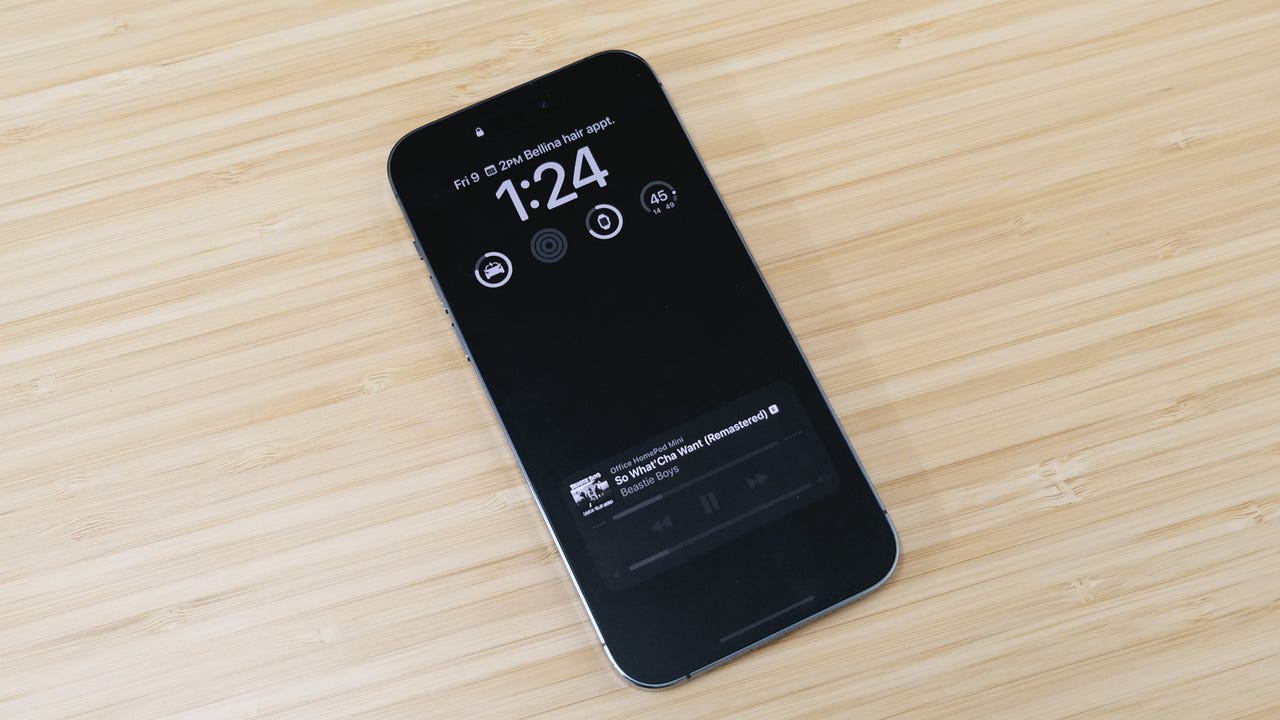'ZDNET Recommends': What exactly does it mean?
ZDNET's recommendations are based on many hours of testing, research, and comparison shopping. We gather data from the best available sources, including vendor and retailer listings as well as other relevant and independent reviews sites. And we pore over customer reviews to find out what matters to real people who already own and use the products and services we’re assessing.
When you click through from our site to a retailer and buy a product or service, we may earn affiliate commissions. This helps support our work, but does not affect what we cover or how, and it does not affect the price you pay. Neither ZDNET nor the author are compensated for these independent reviews. Indeed, we follow strict guidelines that ensure our editorial content is never influenced by advertisers.
ZDNET's editorial team writes on behalf of you, our reader. Our goal is to deliver the most accurate information and the most knowledgeable advice possible in order to help you make smarter buying decisions on tech gear and a wide array of products and services. Our editors thoroughly review and fact-check every article to ensure that our content meets the highest standards. If we have made an error or published misleading information, we will correct or clarify the article. If you see inaccuracies in our content, please report the mistake via this form.
Apple just fixed the iPhone 14 Pro's Always-On Display -- here's how to use it

ZDNET Recommends
The iPhone 14 Pro and iPhone 14 Pro Max have an always-on display that can feel like it's a little too always-on at times.
I know it took me a few weeks to get used to looking at the iPhone 14 Pro's screen and seeing that it wasn't black. I constantly checked to make sure that it wasn't awake.
Also: Why your iPad, MacBook, or even iPhone might stop charging this winter
Part of the problem is that your notifications and wallpaper are still visible, just not at the same brightness level as a phone that's awake.
With the release of iOS 16.2 (here's everything Apple updated Tuesday), Apple added two key settings to make the iPhone 14 Pro's always-on display look and work a lot more like Android's similar always-on feature -- and that's a good thing. Here's how to use it.
How to use the new Always-On Display in iOS 16.2
1. Update your iPhone to the latest software
Before you'll see these new settings, you'll need to install iOS 16.2. You can do that by going to Settings > General > Software Update.
Also: Apple's new Freeform whiteboard app: 3 things to know to get started
2. Toggling wallpaper and notifications on and off
Once you're updated, open the Settings app, then go to Display & Brightness > Always On Display. Previously, you could only turn AOD on or off. Now, you have new options: You can turn off the wallpaper only, prevent your notifications from showing up on your lock screen when the always-on display is being used, or both.
I personally turned off both options and have found it to be the right mix -- just enough information available at all times via the AOD, while not being too much. Adjust the settings to your liking and then lock your phone and appreciate the new always-on display experience, as it should have been at launch.
